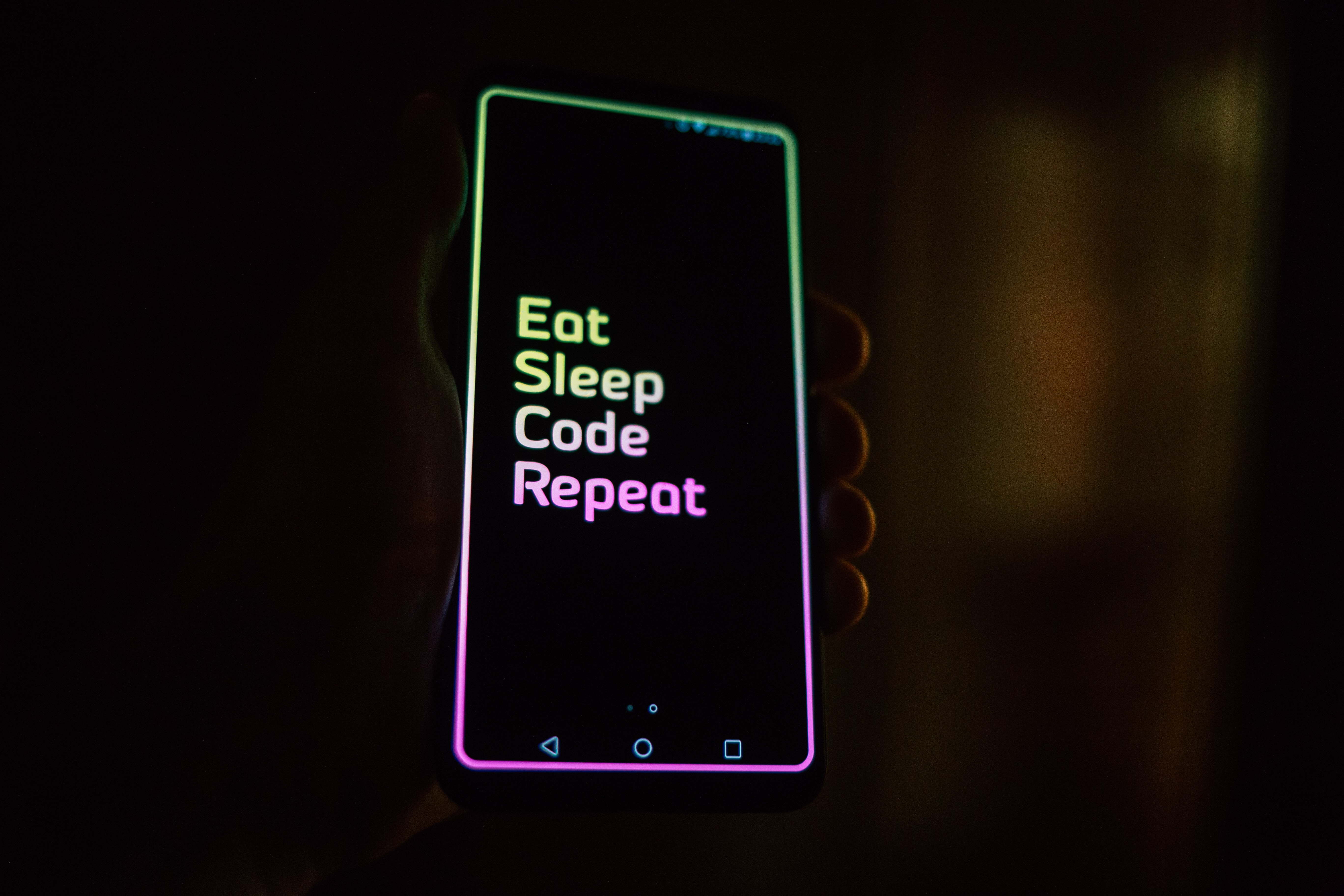
We have discussed the value of prototyping before and discussed how prototypes can help decision-makers and stakeholders understand the value of proposed designs, as well as allows researchers to see the way a user will interact with a product before it has been finalized. This is some of the same value that prototyping a voice experience also has.
Prototyping a voice experience not only allows one to excite stakeholders or gauge user reactions but additionally, the way in which a user interacts with a voice interface is vastly different from the way in which a user would interact with a traditional graphical interface. Prototyping is particularly important when it comes to designing seamless user experiences, as often when a user interacts with a voice user interface (VUI) they are more likely to blame the system when they are unable to complete a task than with a graphical user interface. Creating and testing a prototype is the best way to see how well your VUI design will do in the real world.
Define Your Voice Tech Use Cases
Before beginning to create your voice prototype, it is imperative that you identify the audience for your VUI, as well as the potential scenarios or use cases in which they would be interacting with it. Being able to define your use case for voice is a critical piece of being able to create dialog flows that your users are likely to encounter, thus allowing you to design a seamless voice user experience. If you are having a hard time deciding which use cases are the ones that you should be prioritizing, design your prototype for, you can create a use case matrix to evaluate each of the scenarios and decide which one will have the highest impact on your users.
Additionally, it is important to ensure that your use cases are compelling reasons for a user to use your voice interface- that is the scenarios and use cases should allow the potential users to accomplish their desired task easier than they would through interacting with a traditional graphical user interface.
Dialogue for VUI Prototypes
After identifying the use cases for your VUI, the next step is to write out sample dialog flows that encompasses both what the user will say, and the response was given by the voice assistant/VUI. A dialog flow is a written-out visualization of what the possible conversations between a user and a VUI could be, based on the identified use-cases. When writing out a dialog flow, remember to try to make the interaction as conversational as possible, which involves reading the dialog flows aloud to see how they sound and are interpreted when spoken, and not just written.
A tip for writing effective dialog flow for VUI prototypes is to try to reduce the number of steps it takes for a user to complete a task; try to have the VUI accomplish or complete the users’ task in as few sentences or voice interactions as possible. While the goal is to create an experience that feels conversational, it should never be a conversation, as the longer, it takes for a user to complete their task using a VUI, the less enjoyable their experience is.
Designing Effective VUI
In addition to reducing the number of steps it takes to complete a task, it is a good idea to also try to keep the VUI responses short as well, in order to reduce overloading your user with too much information. There are several tools and applications available that can help organize and store your dialog flow. Once your dialog flows have been created, you can then create a prototype using one of the various tools for voice-enabled applications and devices, such as Sayspring or the Alexa Skills Builder. These tools allow you to create a voice prototype that you can then have users interact within real-time to gather feedback on usability, pain points, and areas of improvement. Prototyping a voice application or assistant is a critical piece of the creation process as it allows designers to troubleshoot potential roadblocks before they emerge in the final product, and therefore streamline the design development process.
Designing effective VUI’s is more relevant than ever before as the impact of voice technology on the new normal has begun to take full effect. Creating voice UI prototypes might seem like an additional step in the creation process, but they are a critical opportunity that allows for the better design and application of the finished product. Through creating and testing prototypes of voice experiences, you can ensure that your VUI delivers an enjoyable and seamless user experience.
If you have questions about testing your voice prototype or voice design feel free to reach out to us at info@keylimeinteractive.com.










Comments
Add Comment